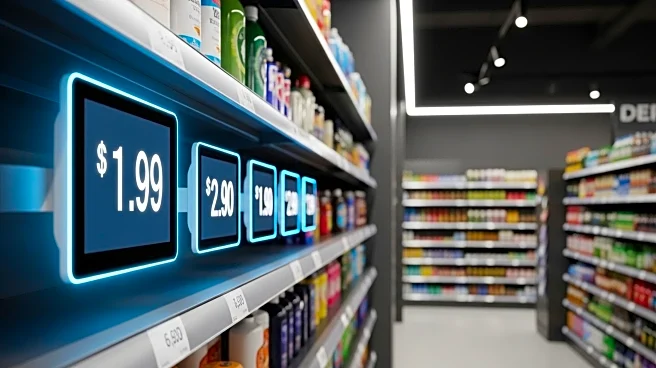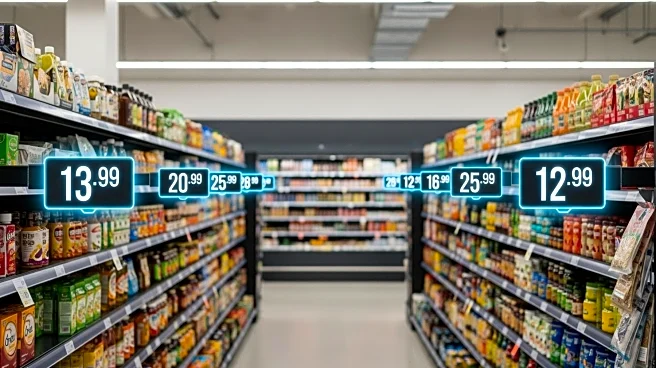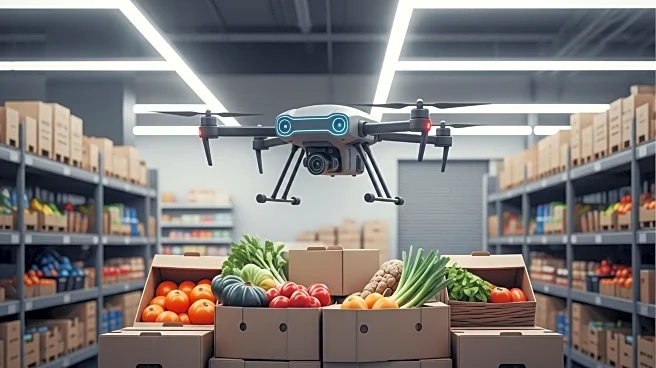What's Happening?
Retailers across the United States are increasingly adopting electronic shelf labels (ESLs) to streamline price updates and improve efficiency. Major chains like Walmart, Kroger, and Whole Foods are integrating this technology, which allows for instant price changes. While ESLs are intended to reduce waste and keep prices consistent between online and in-store offerings, they also enable dynamic pricing based on demand. This capability has raised concerns among consumers and lawmakers, prompting calls for regulation to prevent potential price gouging. Research indicates that surge pricing has not yet been widely implemented, but the option remains available to retailers.
Why It's Important?
The adoption of ESLs represents a significant shift in retail operations, potentially affecting consumer pricing and shopping experiences. While the technology promises efficiency and reduced operational costs, it also introduces the possibility of dynamic pricing, which could lead to higher costs for consumers during peak demand periods. Lawmakers are concerned about the potential for price manipulation, especially during emergencies, and are pushing for regulatory measures to safeguard consumer interests. The outcome of these regulatory efforts could shape the future of retail pricing strategies and consumer protection policies.
What's Next?
Legislative efforts are underway in several states to regulate algorithmic pricing and dynamic pricing models. The Stop Price Gouging in Grocery Stores Act, introduced by Rep. Rashida Tlaib, is currently under review by House committees. If passed, it could impose restrictions on how retailers use ESLs for dynamic pricing. Additionally, the National Retail Federation is challenging a New York law requiring transparency in personalized pricing, which could influence future legal standards for retail pricing practices. The ongoing legal and legislative developments will determine how ESL technology is utilized in the retail sector.











